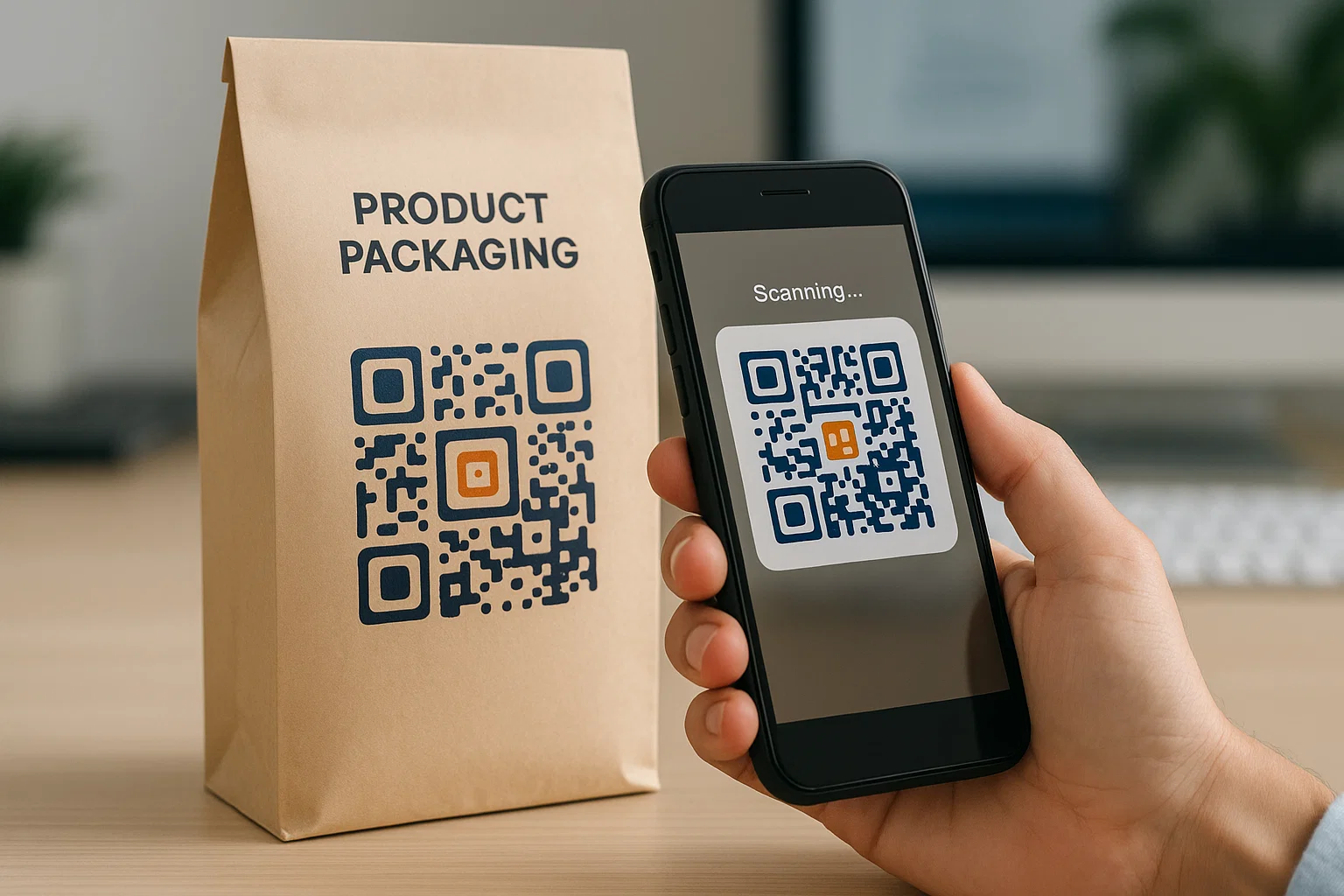
How to Use QR Codes in Marketing: 5 Smart Campaign Ideas That Actually Work
Created on 25 June, 2025 • 9 views • 4 minutes read
Discover 5 powerful QR code marketing campaign ideas to boost engagement, drive sales, and track performance. Learn how to use QR codes strategically in 2025.
Introduction
QR codes are no longer just black-and-white squares on flyers. In today’s digital-first world, they’re powerful marketing tools that bridge offline and online experiences. Whether it’s to drive website traffic, collect leads, or boost app downloads, QR codes offer versatility, convenience, and real-time tracking capabilities that marketers can no longer afford to ignore.
This guide explores five smart and actionable ways to use QR codes in marketing campaigns—all based on real-world examples and best practices.
Why QR Codes Matter in Modern Marketing
QR codes have become increasingly relevant thanks to the widespread use of smartphones and contactless technologies. Brands across industries now use QR codes to:
- Increase website visits and app downloads
- Collect emails and grow newsletters
- Share menus, coupons, or digital content
- Drive traffic to social media profiles
- Measure offline campaign performance with trackable scans
What makes QR codes especially valuable is their ability to offer real-time, measurable engagement without friction.
1. QR Codes on Product Packaging: Turn Customers into Repeat Buyers
Use Case:
Add a QR code on your product label or box that leads to a landing page with tutorials, FAQs, or reorder options.
Why It Works:
You capture attention at the point of use. If someone is happy with your product, a QR code makes it easy to reorder or subscribe without searching manually.
Example:
A skincare brand places a QR code on its moisturizer box. Scanning it leads to a video on how to apply it properly, plus a 10% discount on the next purchase.
Tips:
- Use a dynamic QR code so you can update the link anytime.
- Customize it with your brand colors and logo.
2. QR Codes in Print Ads: Make Traditional Media Interactive
Use Case:
Add QR codes to flyers, brochures, or magazine ads that link to product demos, campaign videos, or limited-time offers.
Why It Works:
People engage more when there's something clickable—even in print. A QR code turns passive viewing into active interaction.
Example:
An automotive dealership includes a QR code in a newspaper ad. When scanned, it opens a 360-degree video tour of the newest car model.
Tips:
- Use a compelling CTA like “Scan to Watch in 360°” or “Scan for 20% Off”.
- Track scan metrics to evaluate ad ROI.
3. Event Marketing: QR Codes for Check-In, Feedback & Networking
Use Case:
Place QR codes on event badges or banners to allow attendees to check in, access schedules, provide feedback, or connect on LinkedIn.
Why It Works:
It simplifies event interactions and creates multiple engagement points without needing staff or physical documents.
Example:
At a tech conference, each speaker slide ends with a QR code linking to their LinkedIn profile or downloadable slides.
Tips:
- Use trackable QR codes for feedback forms and segment responses.
- Offer incentives (like raffle entries) for attendees who scan and participate.
4. Retail and Restaurant Menus: From Paper to Interactive Experience
Use Case:
QR codes on tables, packaging, or receipts lead to digital menus, allergen info, or loyalty programs.
Why It Works:
It reduces paper waste, allows real-time menu updates, and boosts mobile engagement.
Example:
A coffee shop adds QR codes to receipts that link to a survey. Completing it unlocks a discount for the next visit.
Tips:
- Update links regularly for daily menus or seasonal offers.
- Use design that complements your brand (avoid standard black/white).
5. Outdoor Advertising: QR Codes on Billboards & Transit Ads
Use Case:
Place QR codes on public-facing media like posters, buses, or bus stops with short, memorable CTAs.
Why It Works:
You reach mobile-first consumers on the go and offer instant engagement via smartphone.
Example:
A film studio adds a QR code to a subway poster. Scanning it opens a teaser trailer or pre-order ticket page.
Tips:
- Ensure the QR code is large and high contrast for readability from a distance.
- Use short links and test across devices.
Best Practices for QR Code Marketing
- Always add a Call-to-Action: Let users know what to expect when they scan.
- Use Dynamic QR Codes: You can update the content without printing new codes.
- Brand Your QR Codes: Add your logo and match your colors.
- Track Performance: Use analytics tools to monitor scans by time, location, and device.
- Test on All Devices: Make sure your landing page is mobile-optimized.
Frequently Asked Questions
What is a dynamic QR code?
A dynamic QR code allows you to change the destination URL even after the code is printed. It also supports scan analytics.
Can I track how many people scan my QR code?
Yes. Platforms like VSEO.xyz allow you to monitor total scans, device type, location, and more.
Are QR codes safe for users?
Yes, but always link to trusted, secure websites. Avoid spammy or misleading content.
Do QR codes expire?
Static QR codes don’t, but dynamic ones may depend on your subscription or hosting platform.
What size should a QR code be on print materials?
Ideally at least 2x2 cm for short-distance and 4x4 cm or more for posters and billboards.
Conclusion
QR codes are a simple but powerful addition to any marketing campaign. Whether you’re running a local coffee shop or launching a nationwide product, they offer a cost-effective and measurable way to bridge offline and online channels. With smart implementation and creative use cases, QR codes can increase engagement, drive conversions, and help you build lasting customer relationships.
Start building your own custom QR codes now at VSEO.xyz and bring your next marketing campaign to life.